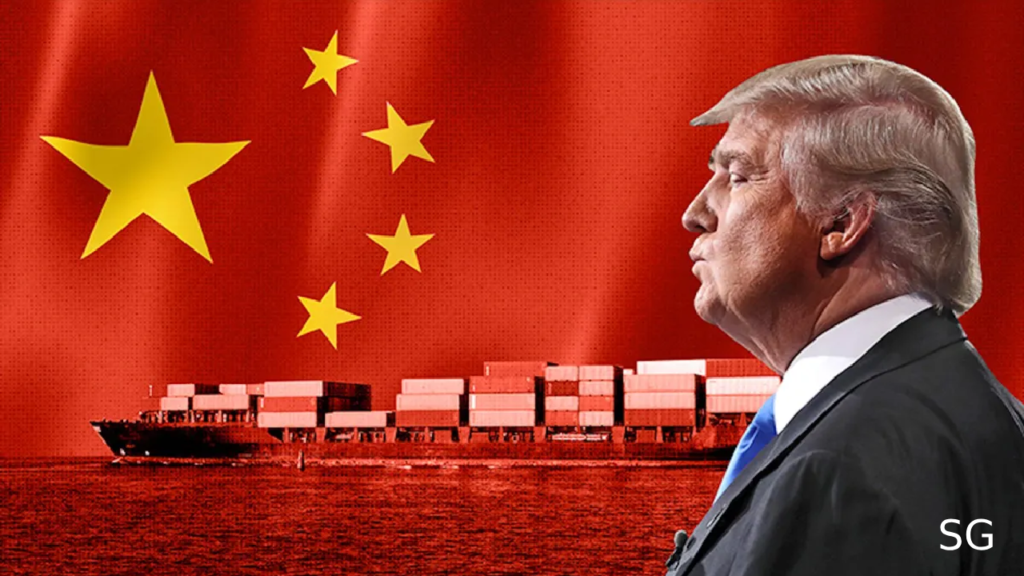Table of Contents

China’s Trade Boom in South America Threatens Trump’s Influence
Milei’s Pragmatic Approach to China
Argentina’s libertarian President Javier Milei initially condemned China as a communist “assassin” and threatened to weaken ties. However, in his first year, exports to China, including soy and lithium, increased by 15%, highlighting a pragmatic shift.
U.S. Challenges in South America
This shift poses a challenge for President Donald Trump, who aims to reshape global trade through tariffs and threats. While Trump has pushed for trade concessions from Colombia, Panama, and Mexico, and imposed new tariffs on Brazilian steel, South America’s deepening trade ties with China complicate U.S. efforts.
The Growing Trade Gap
South American exports to China have more than doubled in the last decade, while shipments to the U.S. have only slightly increased. Driven by commodities-rich nations like Brazil, Chile, Peru, and Argentina, this trade pattern solidifies China’s influence in the region.
Resistance to U.S. Pressure
Brazilian officials argue that their economy is not reliant on the U.S., citing a $30 billion trade surplus with China. Many South American leaders view Trump’s trade policies as a risk, pushing them toward alternatives like China, Europe, and the BRICS group.
U.S. Diplomatic Strategy
Despite concerns, U.S. officials argue that their approach is effective. Trade threats led Mexico to negotiate on tariffs and border security, while Panama withdrew from China’s Belt and Road Initiative after U.S. pressure. However, some critics warn that a heavy-handed approach could backfire.
China’s Strengthening Influence
China’s expanding trade relationships in South America are driven by demand for key commodities like grains, lithium, and copper. Countries like Peru and Argentina see China as an essential economic partner, even when their political leadership aligns with the U.S.
A Changing Trade Landscape
While the U.S. maintains dominance in Central America, its lead is narrowing. Countries like Peru, once heavily reliant on U.S. trade, now view China as their primary partner. Even Argentina, under Milei’s leadership, continues to deepen economic ties with China despite ideological differences.
The Strategic Advantage of China
Unlike the U.S., China does not face challenges related to migration, crime, or narcotics in its South American relations. Its demand for raw materials aligns naturally with South America’s economic structure, reinforcing its position as the region’s dominant trade partner.
Conclusion: A Shifting Power Balance
China’s growing presence in South America presents a challenge to U.S. influence in the region. As Washington focuses on tariffs and trade pressures, China positions itself as a stable, pragmatic partner, capitalizing on economic opportunities while avoiding political entanglements. This trend suggests an ongoing shift in global economic alliances.
“China’s Trade Boom in South America Threatens Trump’s Influence” “China’s Trade Boom in South America Threatens Trump’s Influence” “China’s Trade Boom in South America Threatens Trump’s Influence” “China’s Trade Boom in South America Threatens Trump’s Influence”